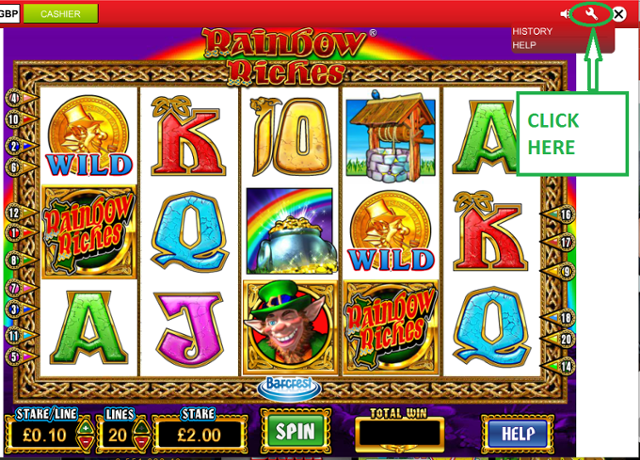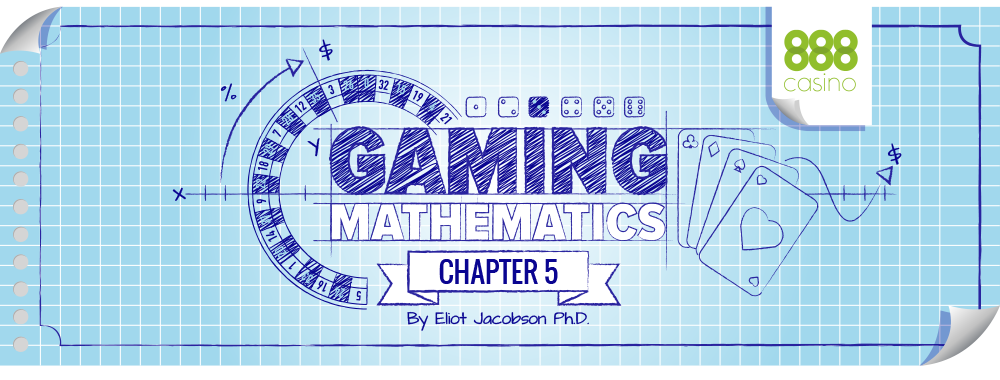Rtp Return To Player
RTP in a Nutshell RTP stands for Return To Player and it describes the amount a slot pays back to the players over a large number of spins, usually expressed as a percentage. For example, a slot with RTP of 97% will give back €97 for every €100 that goes into it. Enter our competition and giveaway every month for free casino cash! CasinoDaddy and AboutSlots.com proudly presents this cash giveaway competition for all casinoplayers! Yearly rankings of the best employers in the United States, Canada as well as for women, diversity, recent grads and beyond.
- Rtp Return To Player Translation
- Rtp Return To Player Game
- Rtp Return To Player Transfer
- Rtp Return To Player Games
- Rtp Return To Player Dvd
- Rtp Return To Player One
Some players are attracted to the theme of a slot game, while others are drawn in by the number of features. But for hardcore players, RTP is the determining factor for whether they click on a game or not.
Attracting players boils down to providing them with more of what they want. And players want a game with a high RTP. But what is RTP exactly, and is it beneficial for your casino in the long run? We’re going to explain what RTP is, why it’s such an important feature in any modern online slot game and how it’s calculated.
RTP is a measure of how much a slot machine pays back to its players for each unit wagered over time. It is usually expressed as a percentage, the higher the percentage the more often the player can win over a longer period of time. So if a slot has an RTP of 96%, it will give back €96 for every €100 that goes into it.The house edge is the slot machine’s RTP subtracted from 100%. If a slot machine has an RTP of 95%, the house edge would be 5%. It is the house edge that provides casinos with the mathematical advantage needed to make a profit over the long term. Players will often gravitate towards games that offer a high RTP, as it promises better return value. However, in the long run, the house always wins.
RTP does not indicate how often a player is likely to win. For instance, two games can both have an RTP of 95% however one might pay out more frequently but in smaller amounts whilst the other pays out less frequently but in higher amounts.
Keep in mind that the rate at which a slot game pays out is determined by random number generators. The RTP is a theoretical statistical calculation, it is only an average estimation. This ensures that players will not be able to know in advance when they will win or lose. These random number generators ensure that a player’s chance of winning is exactly the same every time they play.

When a game offers advanced features and multiple paylines, the process of calculating RTP becomes significantly more complex. However, a game is programmed to give back the percentage of the total money which goes into it. Another way of putting it is that a slot machine with an RTP of 95% is programmed to keep 5% of all money spent in it. While 5% might not sound like a lot, when you consider how much money players spend on an exciting and thrilling game, the numbers quickly add up!
Variance is often confused with RTP. To put it simply, variance is the reason why two games which payout at different frequencies can have the same RTP. Slots with a lower variance will have small, frequent payouts, while slots with a higher variance will pay out large amounts through infrequent jackpots or bonus features.Rtp Return To Player Translation
Let’s go back to our earlier example of two slot games, each with an RTP of 95%. One game might pay out more frequently but in smaller amounts, and the other pays out less frequently but in higher amounts. They both have an RTP of 95% as it is calculated over 1 million spins. The first slot machine would pay out €9500 out of €10000 more frequently but in smaller amounts, say €95 a 100 times. While the other would pay out €9500 out of €10000 less frequently but in higher amounts say €950 but only 10 times.

However, this is all theoretical. No online slot game will ever pay out at regular intervals. A game that pays back exactly €95 back after a hundred spins would not be exciting. Instead, the random number generator ensures that anything can happen for each spin. It is this random number generator, as well as the myriad of features and paylines unique to each game, that keeps slots exciting and thrilling.
Rtp Return To Player Game
Return to Player (RTP) and Hit Frequency: What Do These Mean?
Return to Player (RTP)
Return to Player (RTP) is the term casinos use to describe the percentage of all the wagered money a VLT or slot machine will pay back to players over time. For example, if you make a hundred $1 bets on a machine on which the RTP is 90%, you might expect to get back about $90 in wins. Of course, both house advantage and RTP are generally calculated over the long term. Almost anything can happen in the short term (see Short Term Volatility versus Long Term Predictability), so you should only ever bet with money you’re prepared to lose.

You may have already noticed that RTP is really just the flip side of house advantage. If a machine has a 20% house advantage, then the average RTP will be 80%, meaning that over time the machine will keep about 20% of all money bet and will return the other 80% to players in wins.

Rtp Return To Player Transfer
Hit Frequency
Rtp Return To Player Games
Hit frequency is the term casinos use to describe how often a machine will stop on a winning combination. For example, if a machine has a hit frequency of 8%, it means that the machine will stop on a winning combination about 8% of the time. It’s worth noting that many slots and VLTs allow players to bet on multiple lines on each spin. The result is that, on a single spin, a player could get one or more winning combinations, along with numerous losing combinations. To the player, it may feel as though he is winning more often, but as always, over time the losing combinations will far outnumber the winning ones.
Rtp Return To Player Dvd

Among slots and VLTs there can be great variation in the hit frequency. Some slots have a hit frequency as low as 3%, while other games, such as video poker, have a hit frequency of almost 45%. The video poker hit frequency might sound very appealing, but remember that in almost half of those “hits,” the player just wins back his original bet. A machine with a 3% hit frequency may sound very unappealing, but it likely offers players a chance to win a very large jackpot. (Machines with large, progressive jackpots tend to have a lower hit frequency, but offer larger jackpots.)
Games with a low hit frequency are often perceived by players as “tight” because the wins can be so far apart, while games with a high hit frequency are sometimes perceived as being “loose” because there are so many small wins.
Rtp Return To Player One
Remember, “hit frequency” is how often (on average) a winning combination will come up. “Return to player” is how much or what percentage of all money wagered that a machine will return over time.